Raising Empathetic Kids in a Not-So-Empathetic World: A Parent’s Guide to Building Social Empathy
Key Takeaways:
Problem: Kids today struggle with understanding experiences beyond their immediate circle, developing “not my problem” attitudes.
Solution: The Context-Connection-Community formula that builds on natural empathetic instincts to develop broader social understanding.
3-Step Action Plan:
- Master context detective work through questioning techniques
- Build authentic bridges between their experiences and others’
- Expand thinking from individual friendships to community experiences
The Problem: When “It’s Not My Problem” Becomes Everyone’s Problem
Picture this: You’re at the playground, and your eight-year-old watches another child fall off the monkey bars. Your kid’s response? A casual shrug and “Not my problem” before running off to the swings. Meanwhile, you’re left wondering if you’ve accidentally raised a tiny sociopath or if this is just a normal Tuesday in modern parenting.
Here’s the uncomfortable truth: we’re raising a generation of kids who are incredibly connected digitally but increasingly disconnected emotionally. While they can empathize with fictional characters in their favorite shows (yes, even cartoon ponies deserve love), many struggle to understand the real-world experiences of people different from themselves.
The challenge isn’t just about teaching basic kindness – though getting your toddler to share their goldfish crackers is still a worthy battle. It’s about developing what researchers call “social empathy” – the ability to understand not just one person’s feelings, but the broader experiences of entire groups of people. Think of it as empathy with a wide-angle lens instead of a microscope.
When kids lack social empathy, they might show concern for their best friend’s scraped knee but remain indifferent to news about children affected by natural disasters, social injustice, or economic hardship. They develop an “us versus them” mentality that can persist into adulthood, making them less likely to support policies and actions that help create a fairer world for everyone.
The Solution: The Context-Connection-Community Formula
The good news? Social empathy isn’t some mystical parenting unicorn that only shows up for families who eat organic kale and never let their kids watch screens. It’s a skill that can be developed using what I call the Context-Connection-Community formula.
Context is the secret sauce that transforms basic sympathy into deeper understanding. Remember when your teenager rolled their eyes at your “back in my day” stories? That’s because they couldn’t see the context of your experiences. Similarly, kids need help understanding the broader circumstances that shape other people’s lives.
Research shows that our brains respond differently when we understand context. In one fascinating study, people watched videos of needles being injected into arms. Those who were told it was a medical biopsy on an anesthetized hand showed more empathetic brain activity than those given no explanation. Context literally changes how our brains process what we see.
Connection happens when we help kids link their own experiences to others’ situations. It’s not about saying “eat your vegetables because children are starving elsewhere” (which usually just makes kids feel guilty about Brussels sprouts). Instead, it’s about finding genuine bridges between their world and others’.
Community thinking expands empathy beyond individual relationships to understanding group experiences. This is where social empathy really shines – when kids can consider what it might be like to be part of a different racial, economic, or cultural group, not just befriend one person from that group.
This approach works because it builds on kids’ natural empathetic instincts. Most children are born with the capacity for interpersonal empathy – they cry when other babies cry, they comfort friends who are sad. Social empathy takes these existing skills and scales them up to address bigger-picture issues.
When kids develop social empathy, magical things happen. They become the teenagers who organize fundraisers for disaster relief, the college students who volunteer for causes they believe in, and eventually the adults who support policies that make life better for everyone – from voting rights to healthcare access to marriage equality.
Your 3-Step Action Plan: From “Me” to “We” to “Whee!”
Step 1: Master the Art of Context Detective Work
Turn everyday situations into empathy-building opportunities by asking “context questions.” When your child sees a homeless person, don’t just say “that’s sad.” Ask: “What do you think might have led to this situation?” or
“What would make it hard for someone to find a place to live?”
Make it age-appropriate – with younger kids, you might read books about different family situations and discuss how various factors affect people’s lives. With older children, watch age-appropriate documentaries together or discuss current events, always focusing on the “why behind the what.”
Pro tip: Start with situations that don’t feel too heavy. Discuss why some classmates might struggle with homework (maybe they don’t have quiet spaces at home) before tackling more complex social issues.
Step 2: Build Bridges Between Their World and Others’
Help your children find genuine connections between their experiences and those of others. If your child has ever felt left out, help them understand what it might feel like to be excluded because of race, religion, or economic status. If they’ve experienced moving to a new school, connect that to what refugees or immigrants might feel.
The key is authenticity – forced comparisons feel hollow and can actually decrease empathy. Instead, look for natural moments when your child’s experiences genuinely parallel others’ challenges, even if the scale is different.
Create “empathy bridges” through storytelling, role-playing, or even hypothetical scenarios. “Remember how frustrated you felt when you couldn’t join the soccer team because we couldn’t afford it? What do you think it would be like if that happened with lots of activities and opportunities?”
Step 3: Expand Their Circle from Individual to Community
Encourage your children to think beyond single stories and individual friendships to broader group experiences.
When they have a friend from another culture, help them wonder about the experiences of that entire community, not just their one friend.
Use current events, history lessons, and community observations as springboards for discussing group experiences. “What do you think it was like for families during the Great Depression?” or “How might recent immigrants to our town be feeling right now?”
Most importantly, model this thinking yourself. Show your children how you consider the experiences of different groups when making decisions, from where you shop to how you vote to which charities you support.
The Bottom Line: Small Steps, Big World
Raising empathetic kids isn’t about creating bleeding hearts who cry at every commercial (though a few tears during those ASPCA ads are perfectly normal). It’s about nurturing young people who understand that their actions affect others and who feel motivated to make the world a little bit better.
By teaching context, connection, and community thinking, you’re not just raising nicer kids – you’re contributing to a generation that might actually solve some of the problems previous generations have struggled with. And honestly, isn’t that better than just hoping they’ll figure it out on their own somewhere between their first job and their first mortgage?
Remember, social empathy is a marathon, not a sprint. Some days your efforts will feel as effective as teaching a cat to fetch. But every conversation, every context question, and every connection you help them make is building the foundation for a more empathetic adult. And in a world that often feels divided, that’s exactly the kind of grown-up we need more of.

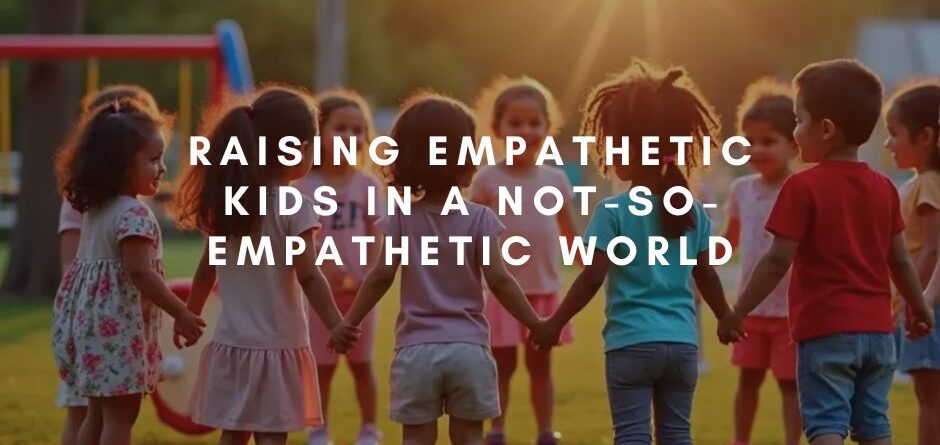
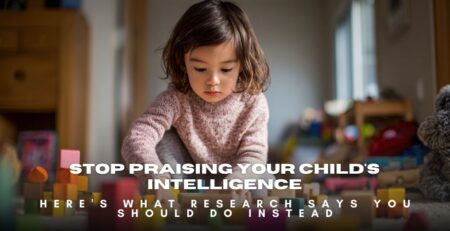

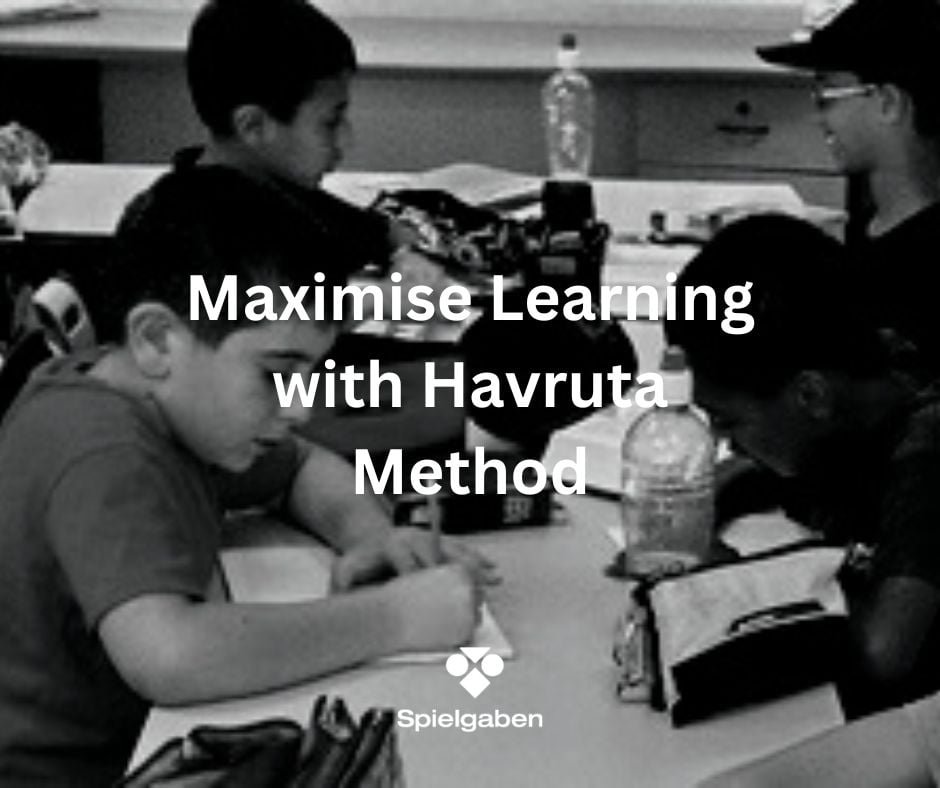
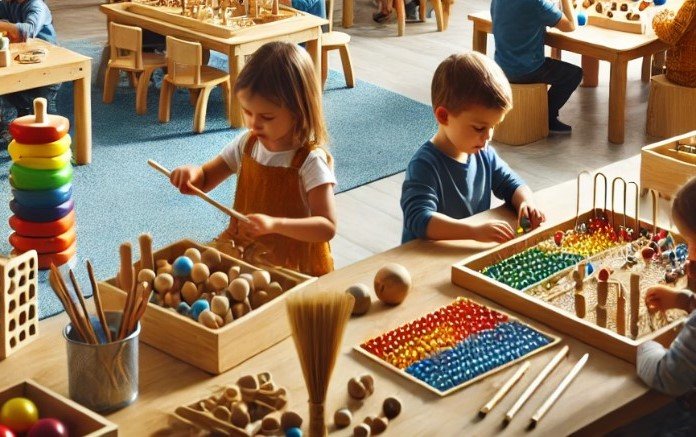


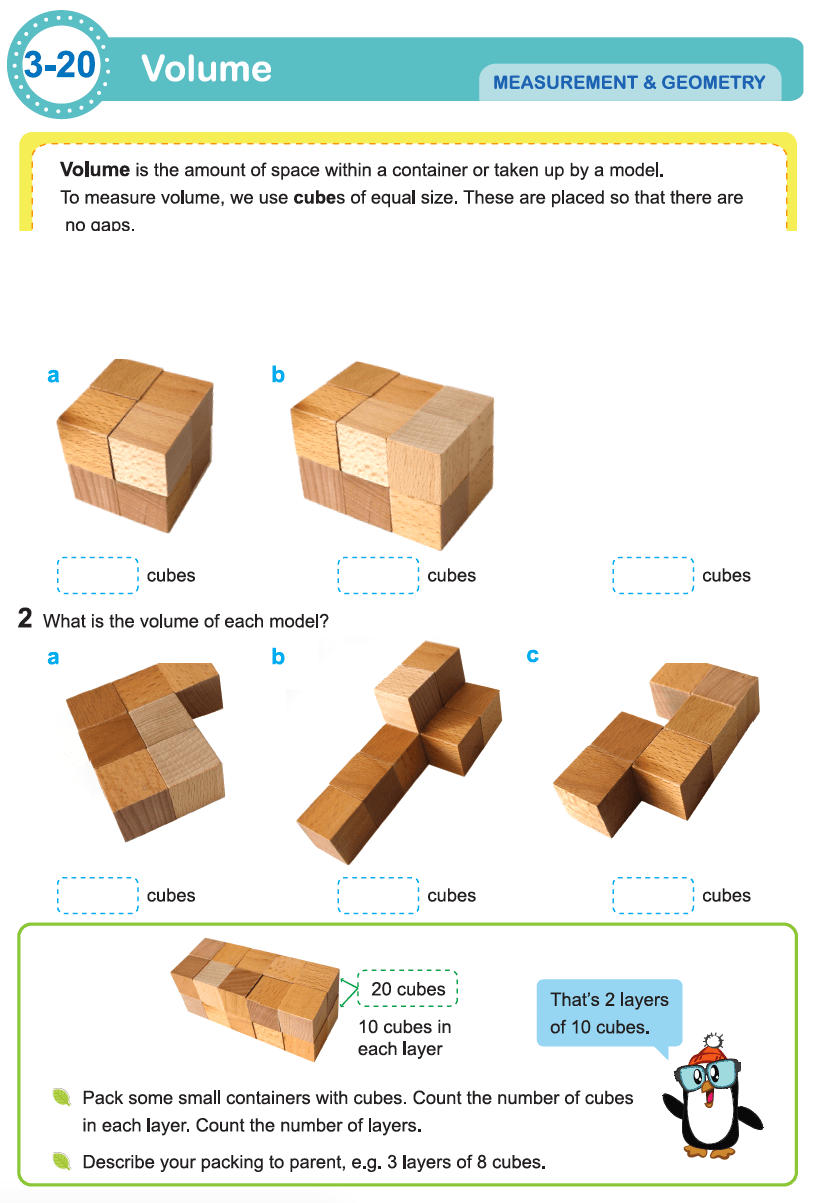


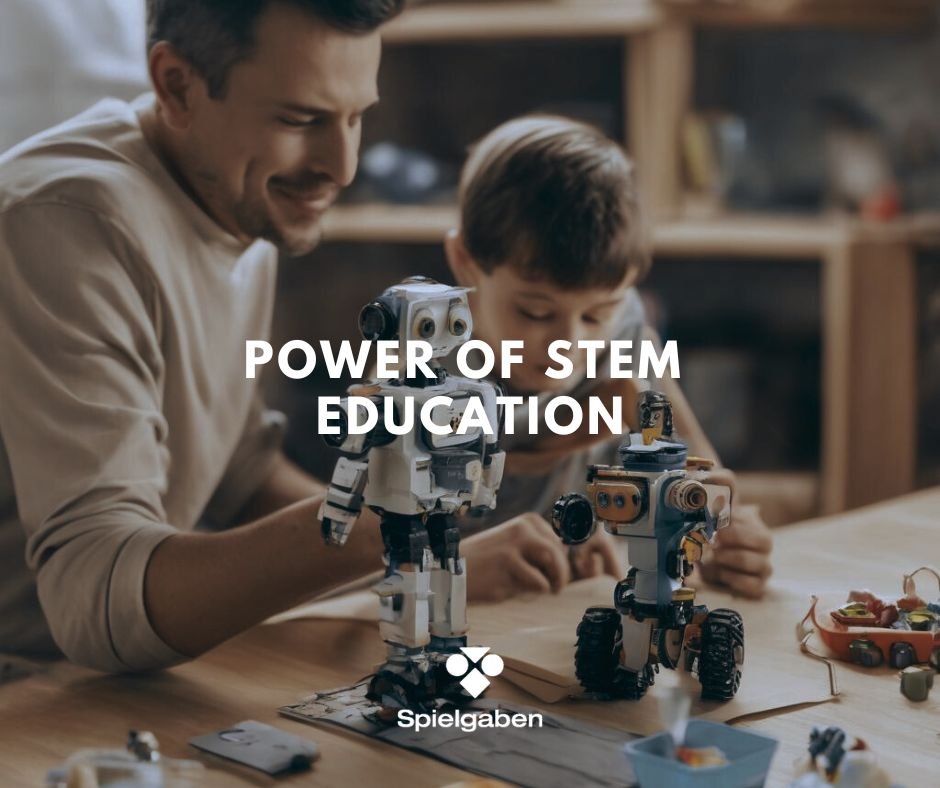

LEAVE A COMMENT